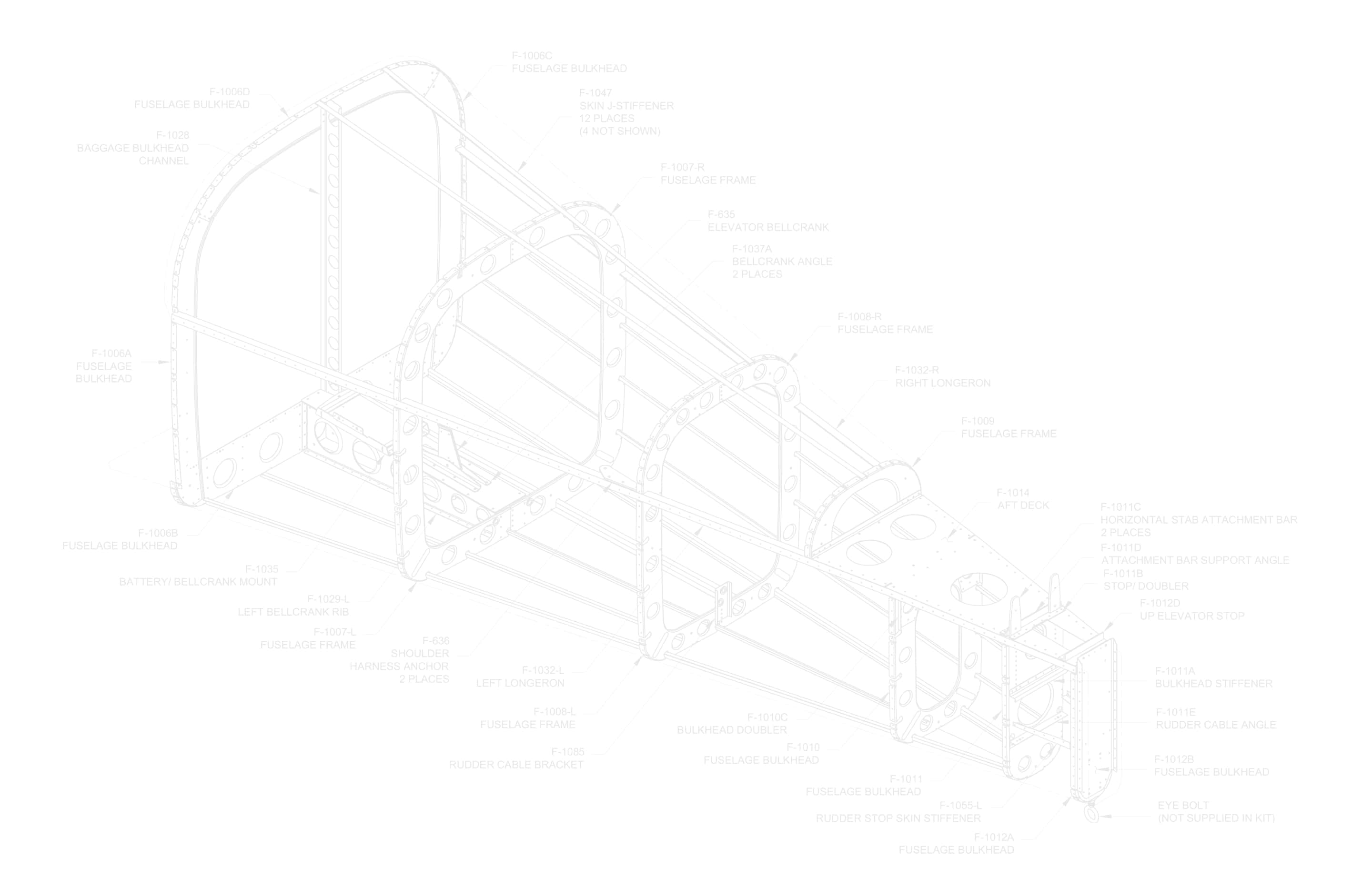- The Grand Leader in Kitplanes
- No other brand comes close to matching Van's for sheer number of flying aircraft, and no other Van's RV model has as many flying examples as the RV-6.
- Side-by-Side Seating
- The RV-6 was the first RV to be configured with seats where the pilot and passenger were positioned next to each other.
- RV-6
 The RV-6 taildragger is - by far - the most prolific experimental airplane in the world.
The RV-6 taildragger is - by far - the most prolific experimental airplane in the world.- RV-6A
 Cousin to the tailwheel model, the RV-6A tricycle gear model is also a popular and very common aircraft.
Cousin to the tailwheel model, the RV-6A tricycle gear model is also a popular and very common aircraft.



